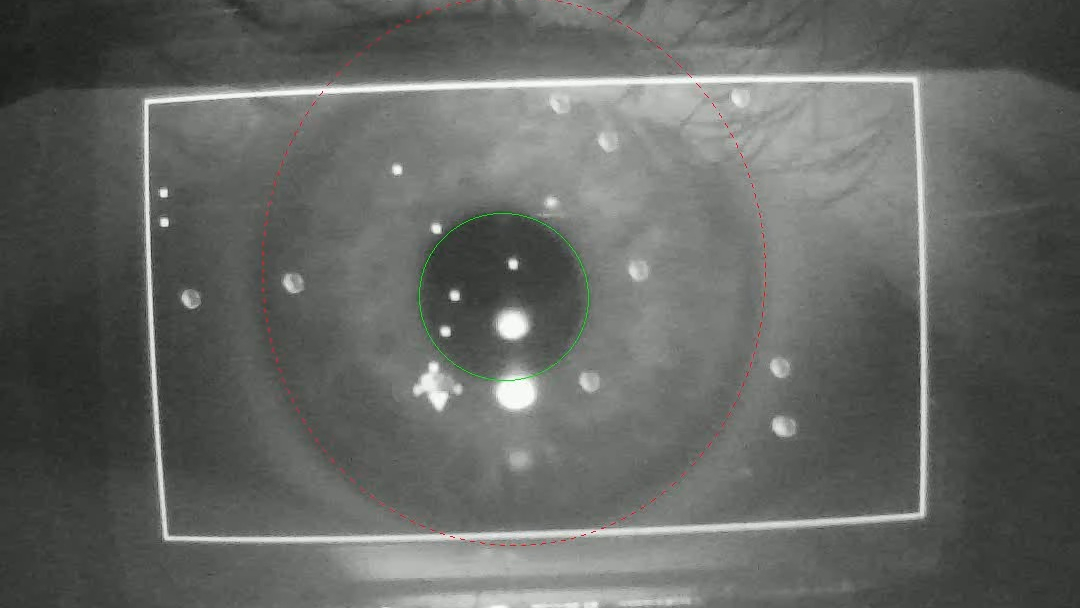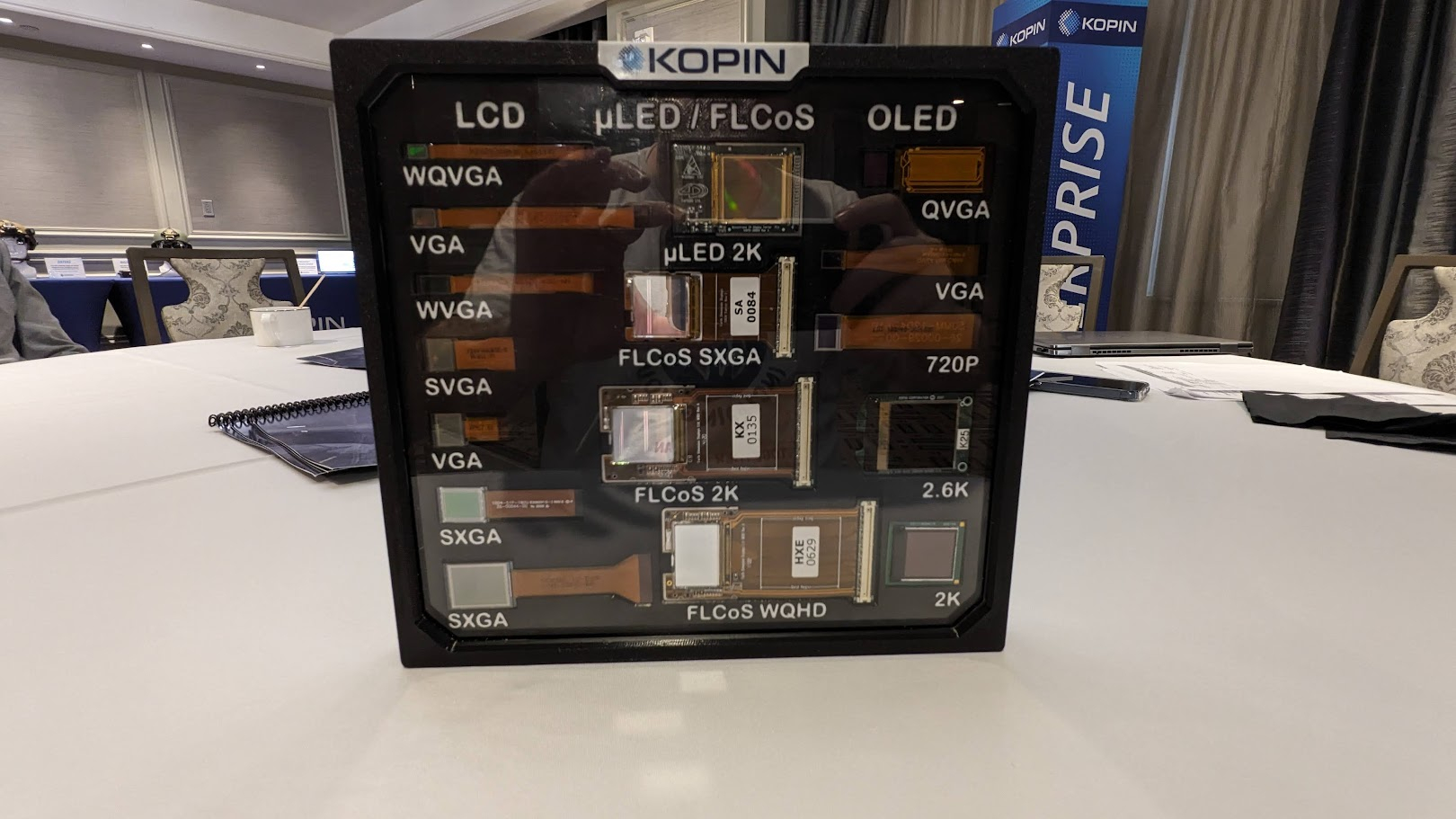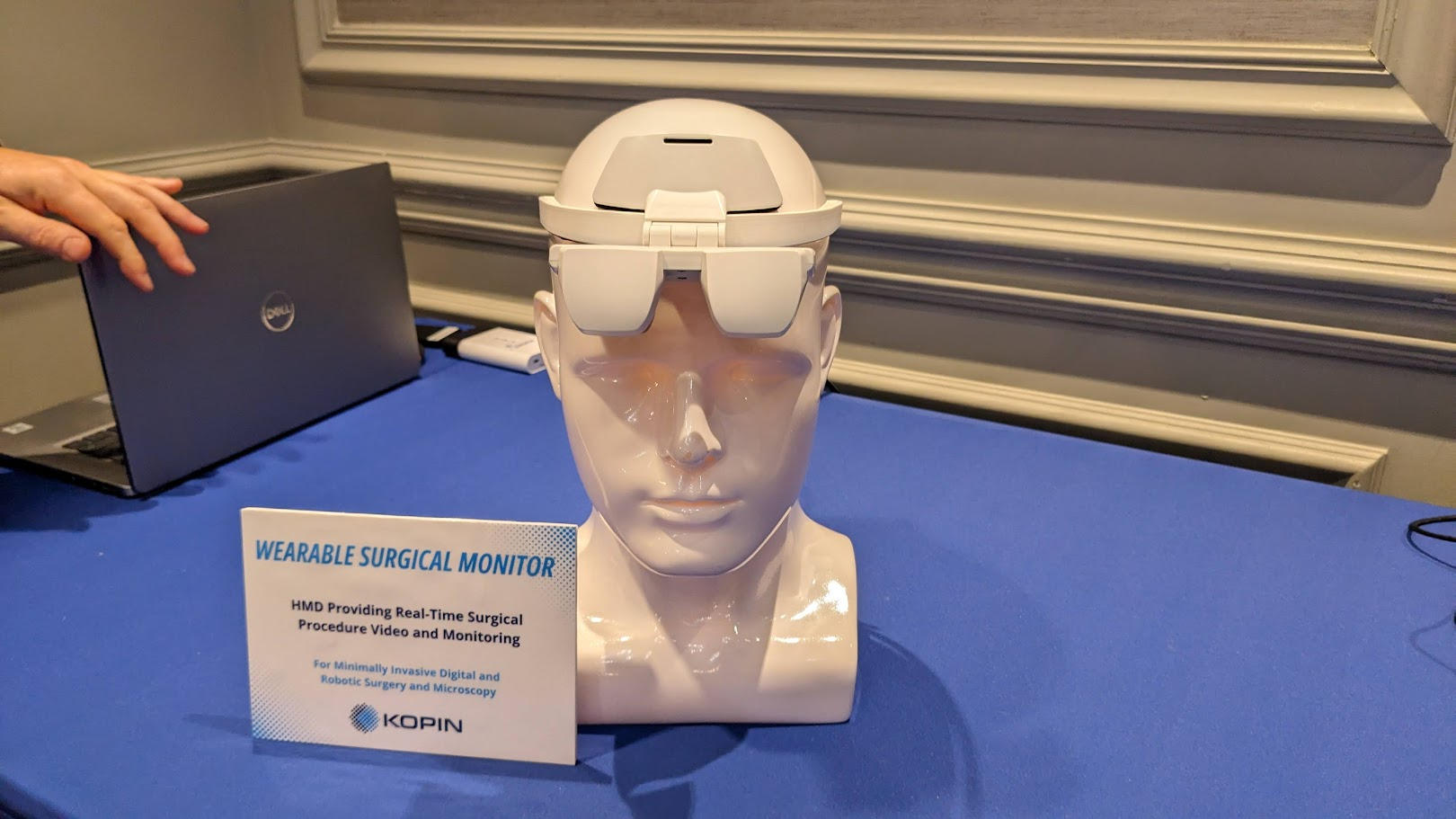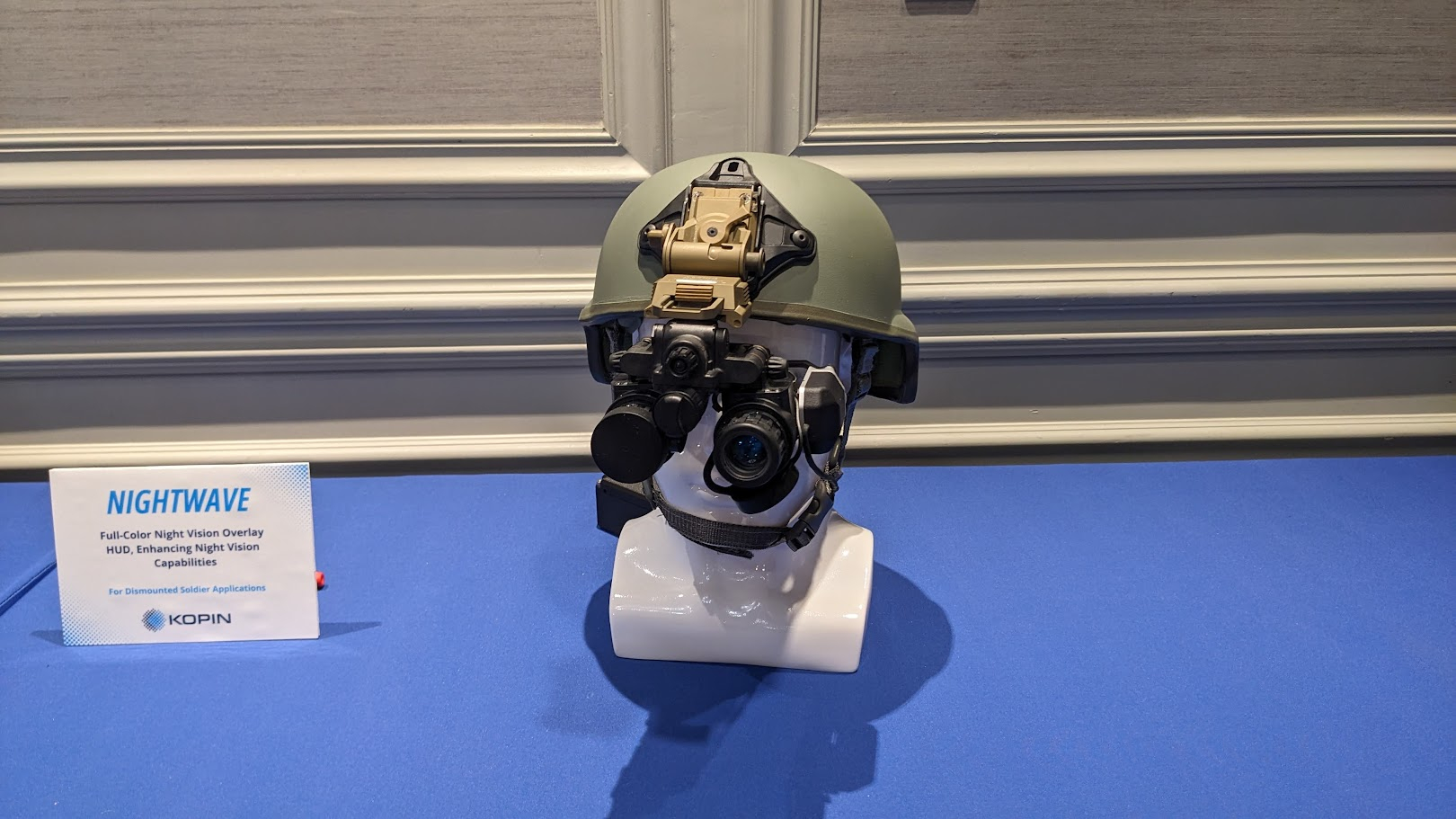
While heads-up displays aren't very common for consumers — Apple's expensive Vision Pro aside — they are already a critical part of the military and medical industries. And, believe it or not, the main problem with HUDs in these mission-critical environments is not cost or even the embarrassment of looking uncool with a big gadget on your head — it's eye fatigue.
When you stare at the microdisplays inside a typical headset, the brightness and contrast remain fixed. Meanwhile, your pupils get larger or smaller based on your physiological and emotional reaction both to the content you are watching and the world around you. For example, if you see something in a movie that makes you emotional and your pupils dilate, all of a sudden the headset will seem annoyingly bright and you might be tempted to flip it off of your head.
Now, imagine a situation where you're a fighter pilot using an HUD to help you in combat, and suddenly you see the an enemy on your radar and your pupil dilates. The headset is suddenly blinding, right when you need its guidance most — and so you pull a Luke Skywalker and take the computer off of your head so you can fight, old-school style. That may sound like a movie script, but in the real world, it's both dangerous and a waste of resources.
Enter Kopin, a company that builds the microdisplays used in many military and medical applications. The corporation has developed and recently announced NeuralDisplay, a technology that builds eye-tracking sensors into the back of a microdisplay and uses custom software to adjust the brightness and contrast of the display in real-time so that it never becomes bright enough to bother you.
Last week, I had a chance to meet with Kopin executives, try some headsets with their existing microdisplays inside and view a video which shows how NeuralDisplay works. That video is embedded below.
What you see in the video above is a Kopin engineer's eye being tracked as they play a game of Asteroids on a headset. The game itself isn't important; what is noteworthy are the green circle around the pupil and the red dotted circle around the eyeball.
According to Kopin execs I met with, the eye tracking sensors live on the back of the display that the user is looking at — eliminating the need for separate eye-trackers, which use more power and have a longer latency period communicating their findings back to the device. Here, the software looks at the size and rate of change of the pupil and automatically dials the screen brightness and contrast up or down, in less than half of a millisecond (500 microseconds) — so fast that the user won't even detect the change.
Unfortunately, the company doesn't have a NeuralDisplay headset that's ready for demos just yet, but executives promised we would be able to see one in just a few months.
Kopin CEO Michael Murray told us that his impetus for developing NeuralDisplay came when he met with the air force and found out that some pilots were having trouble keeping their headsets on during battle due to changes in perceived brightness. Pilots would see the enemy, have their pupils enlarge and then pop their expensive headsets off (rather than taking time to manually adjust the brightness).
Murray also said that content providers had studied movie viewing on Apple's Vision Pro headset and found that a high percentage abandoned watching movies before finishing them because of the same problem with pupils enlarging and the images seeming brighter.
While NeuralDisplay is most likely to find its way into military and medical applications first, there's no doubt that it could make a huge difference in consumer HUD adoption. By building the eye tracking into the microdisplay, headsets can be thinner, lighter and more power efficient, while also helping consumers avoid HUD fatigue.
While I was at a Kopin demo suite in New York, I also had the chance to see some of the company's current products in action. The company makes a wide variety of microdisplays with resolutions ranging from VGA all the way up to 2.6K per eye or higher.

While I was there, I tried on a medical headset with 1080p displays that showed a close-up image of a brain surgery. The idea behind the headset is that a surgeon could get a very close look at the brain without craning their neck to look down into the skull cavity. Also, if a robot arm was available, the surgeon could perform the surgery without even being in the same room as the patient.

I also got to try on some military HUDs. One of them showed way finder and enemy location information as part of an eye piece, while another inserted that same information on top of night-vision goggles.

The key to all of these screens, Kopin execs said, is that they allow soldiers and medical professionals to get the extra information they need to succeed, without having to take off the headset. Adding NeuralDisplay will undoubtedly allow all users — even consumers, eventually — to wear HUDs for longer periods of time and with fewer annoyances.







